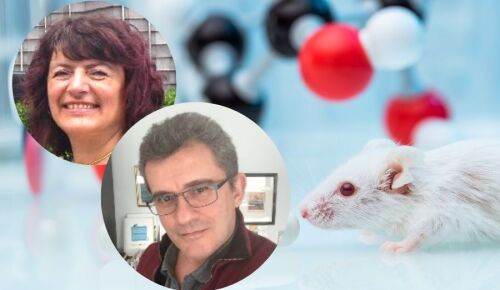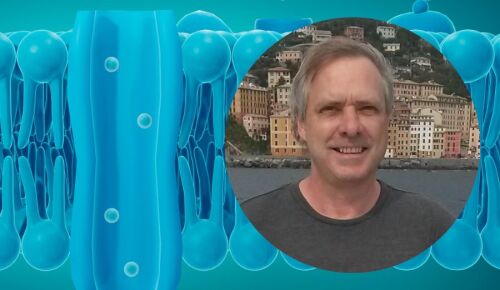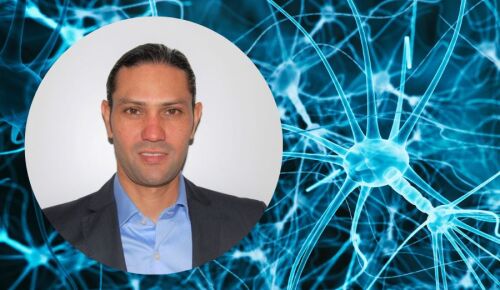Cure CLCN4 Grant Awardees Announced – Summaries For Families
We are pleased to announce the recipients of our recent pilot grant call, awarding a total of £150,000 to advance the understanding of CLCN4-related condition. We received a number of strong proposals, and while we have selected a few for funding, we want to express our appreciation to all applicants for their dedication and effort. Continue reading to meet the awardees and learn about their projects!
Dr. Yann Herault & Dr. Tania Sorg (IGBMC, France)
“Deciphering the consequences of CLCN4 loss-of-function & gain-of-function in rats to better understand CLCN4-related neurodevelopmental condition”
Animal models are organisms, such as mice or rats, that are genetically modified to mimic aspects of a specific condition so that researchers can better understand how the condition works, and how it might be treated. Recently, with the support of Cure CLCN4, Dr. Yann Herault and his team successfully generated two Clcn4 rat models, one in which Clcn4 is ‘switched off’ and one in which its function is altered. As part of this project, Dr. Herault and his team will now focus on studying these rats in detail. Their aim is to understand whether they have similar symptoms as individuals with CLCN4-condition, including cognitive and behavioural aspects. This work is essential to understand how useful these animals will be in CLCN4-related condition research.

Dr. Michael Pusch (Istituto di Biofisica, Italy)
“Understanding the functional consequences of novel CLCN4 variants using multifunctional analyses – from biophysics to subcellular trafficking”
CLCN4-related condition is caused by variants or ‘changes’ in the CLCN4 gene, which gives instructions to make the ClC-4 protein. Some of these changes affect how the ClC-4 protein works, causing CLCN4-condition, while others do not have an effect. Dr. Michael Pusch and his team will study new CLCN4 variants identified in patients in order to understand whether these variants affect the function of ClC-4, which is essential to provide families with a conclusive diagnosis, guidance on management, and support community connections. The project also aims to better understand the basic biology of ClC-4, specifically how its interaction with ClC-3 (a protein in the same family), and which is known to be important for ClC4’s function, is affected in the presence of different CLCN4 variants.

Dr. Raul Guzman (FZ Julich, Germany)
“Electrophysiological examination of neuronal electrical activity in rat Clcn4 KO and Clcn4 A549V hippocampal cells”
Our brains communicate through electrical signals, which are crucial for building connections between brain cells. When something goes wrong with the way these signals work, it can affect the way our brain develops and functions. We are not sure how ClC-4, the protein impacted in CLCN4-related condition, affects these signals. Dr. Guzman and his team want to find out by looking at the brains of the recently generated Clcn4 rat models. This work is really important to better understand the function of ClC-4 in the brain, which is essential to understand CLCN4-related condition and start thinking about how we might be able to treat it.

Corporate Foundation Sponsors

